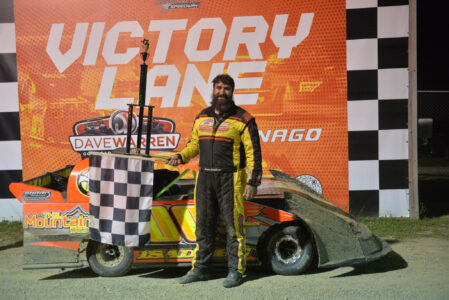Getting that first deer
I recently had a longtime hunter ask, “How can I get my 10-year-old son his first deer?” While that may seem like a simple question, the answer is more complex and depends on having more information than the initial question provides. Let’s look at what parents or grandparents of young hunters can do to further their success.
START EARLY
Harvesting your first deer starts long before the season does, years before. The first step is teaching the would-be hunter safe firearms handling. Once this is accomplished, there is a need for range time, and this doesn’t start with the rifle they will use for deer. It begins with a pellet gun, .22 caliber, or other small-caliber firearms and progresses to larger big game calibers. The speed at which this training progresses depends on how well the youngster masters the basics, their level of maturity, and even their size.
Remember, although the long-term goal may be to harvest a deer, the short-term goal is to build skill and confidence. Pushing them to do more than they want or are capable of will result in failure, which in turn leads to a lack of confidence. Starting small will eventually yield significant results.
WOODSMAN-SHIP
There was a time when hunters were the kings of their domain, spending days in the field before returning with the food their families depended on to survive. While few hunters now rely on a successful harvest to eat, the underlying skills are still a valuable part of the sport.
Make hunting about more than walking to a stand and waiting for an animal to walk by.
Teach the new hunter to read signs, the weather, and the terrain. Teach them how to use a compass and read a map. Although they will spend several seasons hunting with you or another mentor, these skills will allow them to be successful on their own eventually.
HOW DEER THINK AND ACT
As I said earlier, hunting is about more than walking to a stand and waiting for a target. The most successful hunters know about their prey, how they think and act. Learning these skills will enable a new hunter to understand why a buck they have been watching all fall is no longer visible on the cameras or has shifted to only being visible during non-shooting hours.
TAKE THEM INTO THE FIELD
The most valuable teaching tool is experience. The more time your young hunter spends in the field, the better each of the skills necessary to succeed will be. Pennsylvania has an excellent mentored hunter program, and parents with eager youngsters should take full advantage of the opportunities it offers.
The Mentored Hunting Program is about more than deer. Hunters may also pursue squirrels, rabbits, doves, woodchucks, coyotes, and pheasants.
There is no longer an age limit on when a youth can accompany you hunting; it is up to the mentor to determine the hunter’s ability. However, there are different restrictions based on the age of the hunter. If the individual is under 7 years of age, the harvest of big game requires a tag to be transferred for the adult mentor. For ages 7-16, you must purchase a Mentored Youth Hunting Permit. Hunters more than 12 years of age may only obtain a Mentored Youth Hunting Permit for three years, after which they must obtain a Junior Hunting License and attend a Hunter Safety Course.
THE MENTOR MAY ONLY BE ACCOMPANIED BY ONE MENTORED YOUTH
The mentor and mentored youth may only have one firearm between them. This firearm must be under the control of the mentor until the hunting location is reached, the mentor is within arm’s reach, and ready to take their shot.



